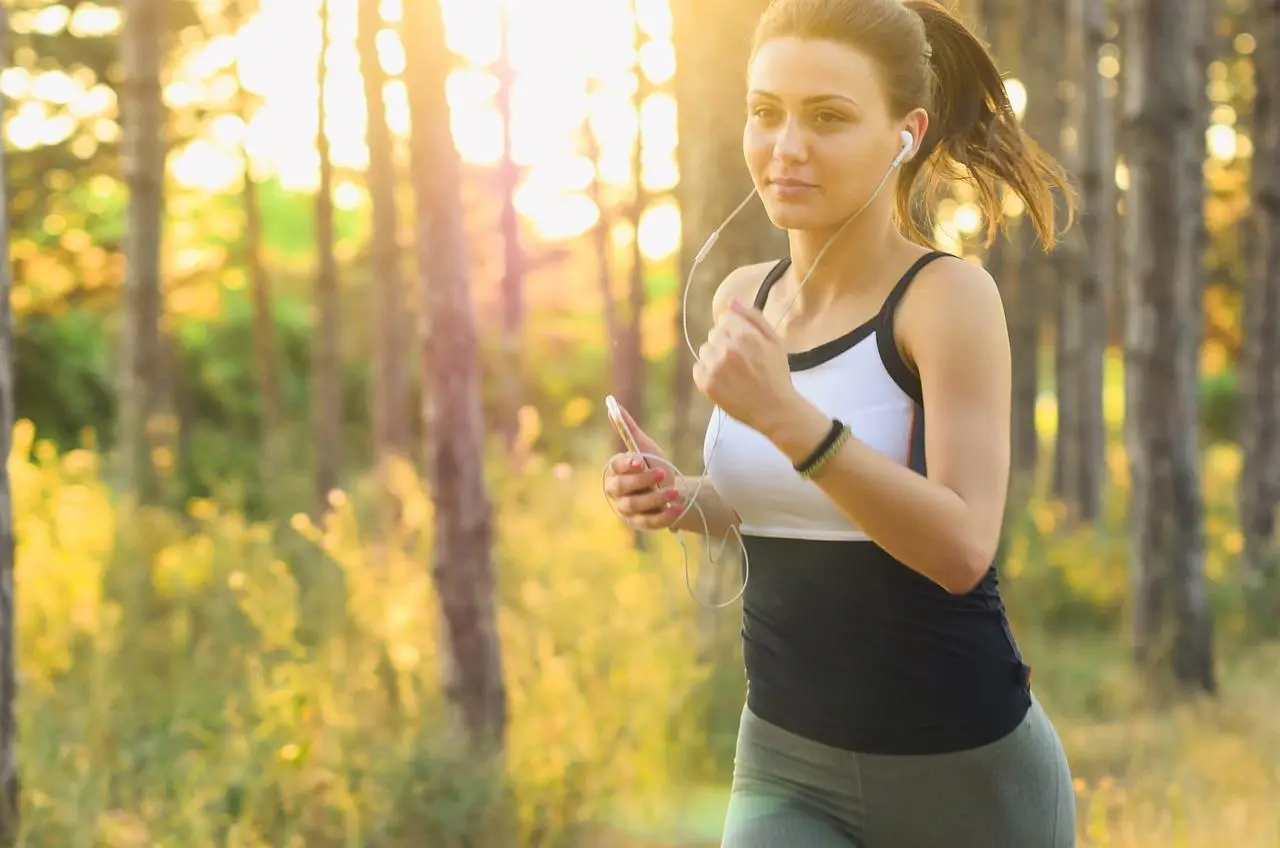Essential Tips for Beginners in Portrait Photography
Portrait photography is a captivating art form that captures the essence of individuals, revealing their unique personalities and emotions through the lens. Understanding how to effectively photograph people is essential for any aspiring photographer. This guide aims to equip beginners with practical tips to enhance their portrait photography skills, focusing on key elements such as posing, lighting, and camera settings.
What You Need to Know About Portrait Photography
The Heart of Portrait Photography
At its core, portrait photography is about capturing the likeness of a person or group, often highlighting their expressions and character. Its roots trace back to the early days of art, where portraiture served to immortalize individuals. With the advent of photography, this art form became more accessible, allowing anyone to capture the beauty of the human experience.
Exploring Different Styles of Portrait Photography
Portrait photography offers a variety of styles, each with its own flair:
- Commercial Studio Portraits: Typically posed and often used for business purposes.
- Fine Art Portraiture: Artistic interpretations that emphasize aesthetic value.
- Candid Photography: Capturing spontaneous moments that reflect genuine emotions.
This diversity allows photographers to express their unique vision through their subjects.
Essential Tips for Capturing Stunning Portraits
Posing Your Subject
Guiding your subject into natural poses is vital for successful portrait photography. Pay close attention to the eyes—they're often considered the "windows to the soul." Encourage your subject to relax and be themselves, which will lead to more authentic and engaging portraits.
Mastering Lighting Techniques
Lighting is crucial in portrait photography. The best times for outdoor shooting are typically early morning and late afternoon when the light is soft and warm. Known as the "golden hour," these times provide ideal conditions for stunning portraits. Additionally, consider using reflectors to enhance natural light, adding depth and dimension to your images.
Camera Settings for Portrait Photography
To capture beautiful portraits, it’s essential to understand your camera settings. Here are some recommended settings:
- Focal Length: 85mm for flattering facial proportions.
- Aperture: f/2.8 for a shallow depth of field that blurs the background.
- ISO: 100 for minimal noise.
- White Balance: Auto White Balance (AWB) for accurate color representation.
Shooting in RAW format is highly beneficial, as it preserves detail and provides greater flexibility during editing.
Choosing the Right Location and Props
Utilizing Location for Impact
The location of your portrait can significantly enhance its mood and narrative. Choose settings that complement your subject's personality or the story you wish to convey. For example, urban environments can add a modern touch, while natural landscapes evoke a sense of tranquility.
Incorporating Props
Props can add interest and context to your portraits. Consider using items that reflect the subject's hobbies, interests, or personality. For instance, a musician may hold an instrument, while an artist might be surrounded by their work. These elements can enrich the story told through your photography.
Practical Tips for Beginners
Practice Makes Perfect
One of the best ways for beginners to improve is by practicing with friends or family members who feel comfortable in front of the camera. Clearly communicate your vision to your subject, ensuring you capture the desired outcome and foster a collaborative atmosphere.
Experimenting with Techniques
Don't be afraid to experiment! Try out different lenses and settings to discover what works best for you. Post-processing is also a vital part of photography, enabling you to enhance colors, adjust lighting, and create the desired mood in your portraits.
By following these essential tips—mastering posing, lighting, and camera settings—you’ll be well on your way to capturing stunning portraits that reflect the unique beauty of your subjects. Remember, practice is key, and exploring your personal style will only lead to greater proficiency in portrait photography.
Join the Community
We invite readers to share their experiences and any additional tips they may have learned on their photography journey.
For more photography tips and tutorials, subscribe to our blog! If you found this article helpful, please share it on social media to support fellow aspiring photographers.









